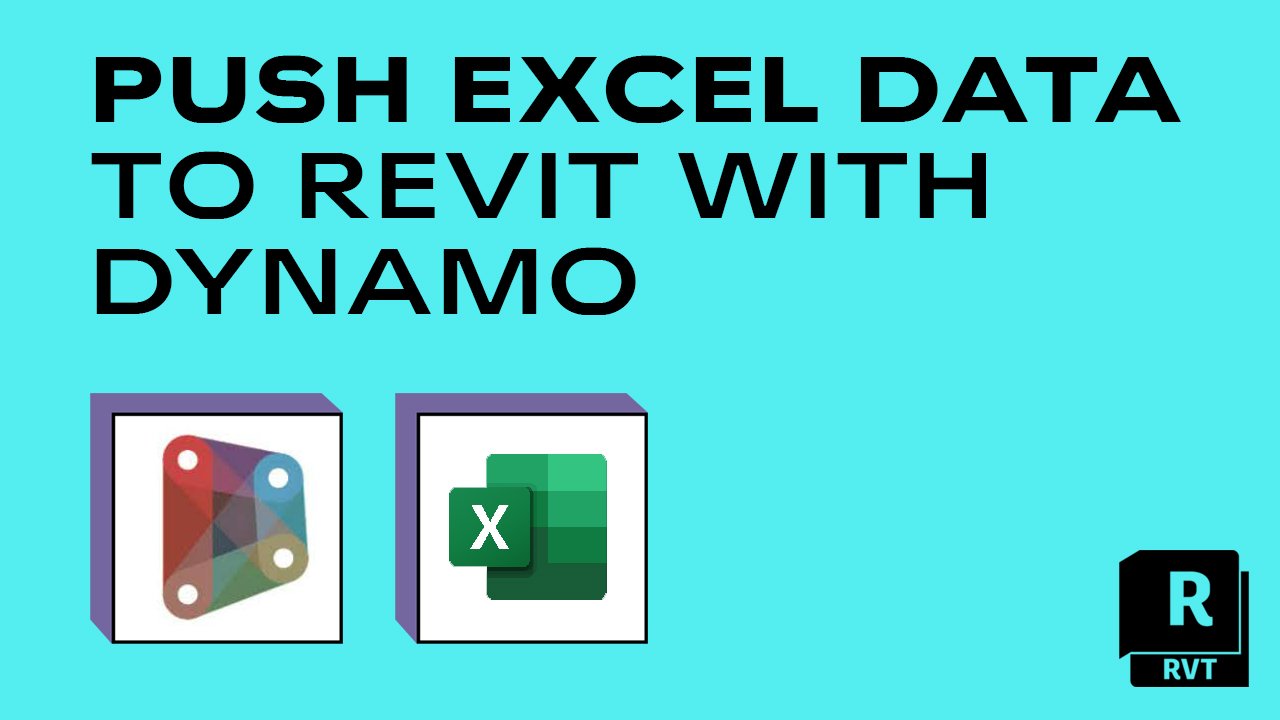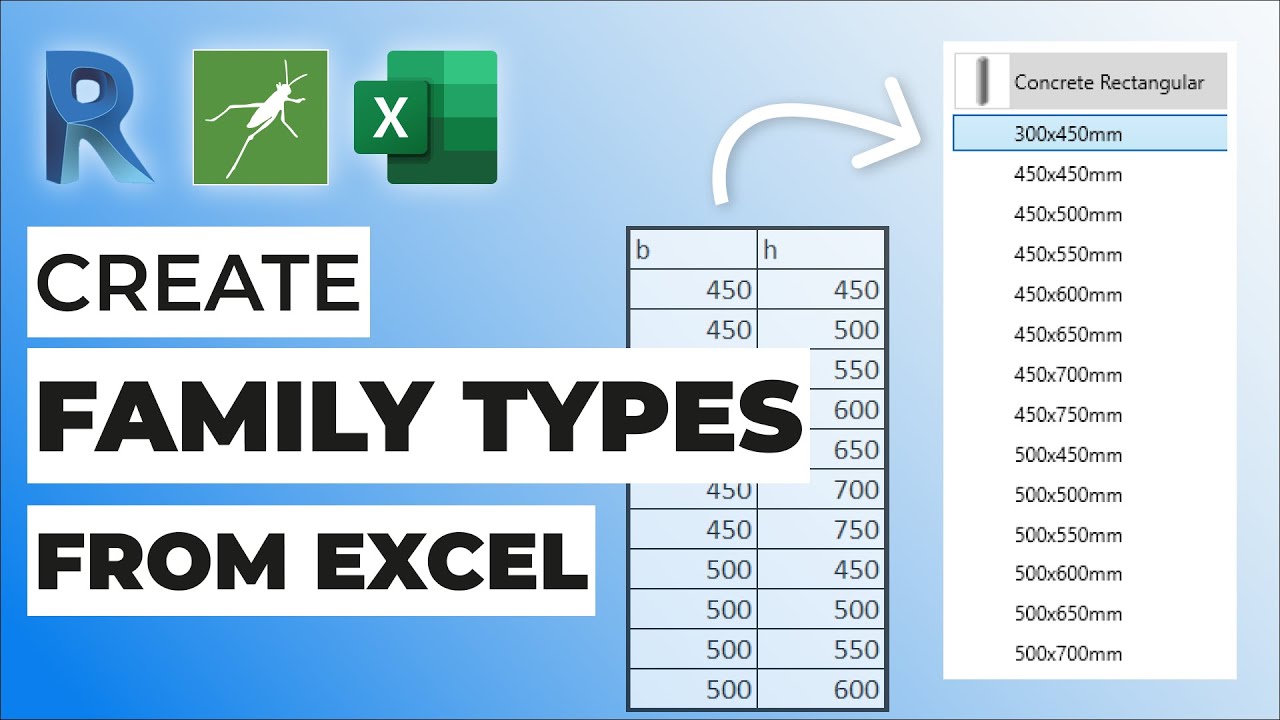Revit Tool Toolbox: Increase Your Style Capabilities
Wiki Article
Excel-to-Revit: A Game-Changing Workflow for Architectural Style - Introducing the Secrets
Are you tired of spending hours on architectural layout? Look no further! Introducing excel-to-revit, the game-changing workflow that will change your design process. With excel-to-revit assimilation, you can enhance your building design, unlock performance, and make best use of partnership within your group. In this article, we will introduce the keys of this effective tool, revealing you just how it can change your style tasks. Prepare to take your architectural layout to the following level with excel-to-revit!The Power of Excel-to-Revit Assimilation

Envision the benefit of having the ability to modify and upgrade project information in Excel, and instantly see those changes reflected in your Revit design. Say goodbye to hand-operated information access or tiresome updates. With Excel-to-Revit integration, you can save time and decrease mistakes by leveraging the power of Excel's formulas and features to instantly generate accurate data in Revit.
Not only does this assimilation boost efficiency, however it likewise enhances collaboration among team participants. You can quickly share Excel documents with associates, who can after that import the data into their Revit models. This advertises a smooth exchange of details and makes sure that everyone is working with one of the most current data.

Simplifying Architectural Style With Excel-To-Revit
Simplifying building style is simplified with the use of Excel-to-Revit (revit add ins). With this effective integration, you can optimize your operations and save valuable time throughout the design process. By leveraging the capacities of Excel and Revit, you can perfectly transfer data between the two systems, eliminating the need for hand-operated information entrance and minimizing the danger of mistakesExcel-to-Revit allows you to import and export information easily, enabling you to easily upgrade and modify your building designs. You can create routines, compute amounts, and generate reports in Excel, and afterwards move that information directly into your Revit design. This combination ensures that your design information is constantly up-to-date and integrated, eliminating the demand for hands-on updates and reducing the opportunities of variances.
By utilizing Excel-to-Revit, you can additionally take benefit of the effective computational capacities of Excel. You can carry out complex estimations, analyze data, and automate repetitive tasks, all within Excel. With simply a couple of clicks, you can import the results back right into Revit, enabling you to make enlightened style decisions and enhance your architectural layouts.
Unlocking Performance: Exploring the Excel-to-Revit Workflow
Maximize your productivity by seamlessly integrating Excel and Revit for an extra effective workflow. With the Excel-to-Revit workflow, you can unlock a whole new degree of performance in your architectural design procedure. By utilizing the power of Excel's data management capabilities and incorporating it with the flexibility and precision of Revit, you can streamline your style process and conserve valuable time.One of the key advantages of this combination is the capacity to import and export data between Excel and Revit. This means that you can quickly transfer job info, such as space timetables or material amounts, from one software program to the other, eliminating the demand for hands-on information entry and reducing the opportunities of errors. You can likewise develop personalized formulas and computations in Excel to automate recurring jobs and do intricate calculations, which can after that be flawlessly integrated into your Revit models.
Moreover, the Excel-to-Revit operations permits much better control and collaboration in between employee. With Excel serving as a main data center, numerous employee can service different elements of the job at the same time, updating and sharing information in real-time. This not just enhances communication however additionally makes sure that everybody is collaborating with one of the most current information, eliminating the risk of incongruities.
Taking Full Advantage Of Collaboration: Excel-to-Revit for Architectural Teams
By flawlessly integrating Excel and Revit, architectural groups can considerably boost partnership and accomplish much more reliable style results. When utilizing this effective process, you can easily move data in between Excel spreadsheets and Revit models, improving the design process and boosting communication amongst team members. With Excel-to-Revit integration, you can effortlessly import project information, such as area routines, material quantities, and project specifications, straight right into Revit, eliminating the demand for hand-operated data entrance and decreasing the chances of informative post mistakes. This smooth link permits real-time updates, making certain that everybody is working with one of the most YOURURL.com up-to-date info and staying clear of disparities in between different files.In addition, by leveraging Excel's effective computation abilities, you can execute intricate calculations and evaluation on your design data, driving and supplying useful insights educated decision-making. This assimilation additionally allows you to export data from Revit to Excel, allowing you to develop extensive records, graphes, and graphs for discussions and evaluation. This collaborative operations advertises reliable communication and control amongst group participants, as Excel functions as a main hub for data monitoring and sharing.
Overall, by accepting the Excel-to-Revit operations, building groups can attain greater levels of collaboration, efficiency, and precision in their layout procedure. import excel into revit. This combination equips teams to work with each other perfectly, guaranteeing that everyone gets on the exact same page and contributing to the success of the project
Unveiling the Secrets of Excel-to-Revit Integration

Among the secrets of Excel-to-Revit combination is the capacity to leverage the power of solutions and estimations in Excel to drive criteria and produce complicated geometries in Revit. You can link Excel spread sheets to Revit families, enabling you to input data straight into the spreadsheet and have it immediately update in the Revit model. This enhances the layout process and makes certain accuracy and uniformity throughout the task.
One more secret is the capacity to develop custom routines and reports in Excel, using data removed from Revit. This enables you to imagine and assess project information in a means that is not possible within Revit alone. You can quickly produce quantity take-offs, price quotes, and job timelines, i loved this supplying beneficial understandings for decision-making and task monitoring.
Furthermore, Excel-to-Revit assimilation enables reliable cooperation amongst team members. Multiple customers can function on the exact same Excel spread sheet concurrently, making it less complicated to collaborate and track adjustments. You can also make use of Excel's commenting feature to provide responses or communicate style alterations.
Verdict
By integrating the power of Excel and Revit, architects can now function much more efficiently, conserve time, and produce better layouts. Start integrating excel-to-revit combination right into your architectural style procedure today and transform the method you work.With simply a couple of clicks, you can import the results back into Revit, enabling you to make educated layout decisions and enhance your architectural styles.
By using the power of Excel's information management abilities and combining it with the flexibility and precision of Revit, you can streamline your style procedure and conserve beneficial time.
By flawlessly incorporating Excel and Revit, building groups can significantly boost cooperation and attain more reliable design end results. When utilizing this effective process, you can conveniently transfer information in between Excel spread sheets and Revit models, simplifying the layout process and boosting communication among group members.In addition, by leveraging Excel's powerful computation capacities, you can carry out complex calculations and analysis on your layout information, driving and offering useful insights notified decision-making.
Report this wiki page